Fujifilm X half: Is it the perfect family camera ?
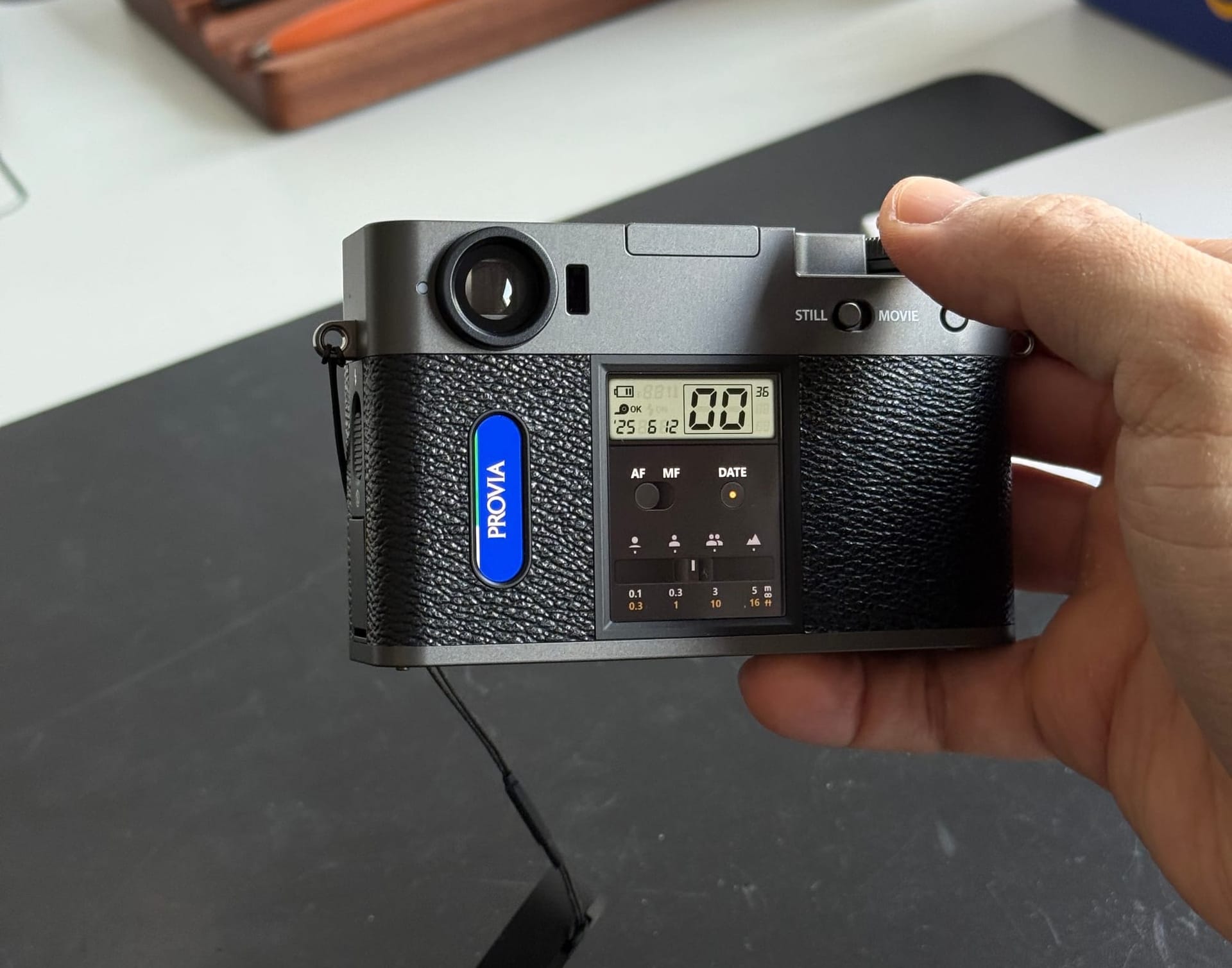
When Fujifilm announced the Fujifilm X half, the internet was literally divided into two halves. Some people were disappointed that it offered limited features for its high price, while others were delighted and found it intriguing. In fact, some even predicted that the X half would sell out quickly.
As someone who used Fujifilm cameras for a decade, starting with a X-T1 and then moving on to the X100F, X-H1, X-T30, and X100V, and finally switching to a Leica M11, I have some thoughts about the X series. First and foremost, I purchased one as soon as it was released. This was because I belonged to the group that knew what I would get for the money.
So why is X half so bad in some areas, but at the same time so good in a lot of ways? And for whom is this camera made?
Family Members
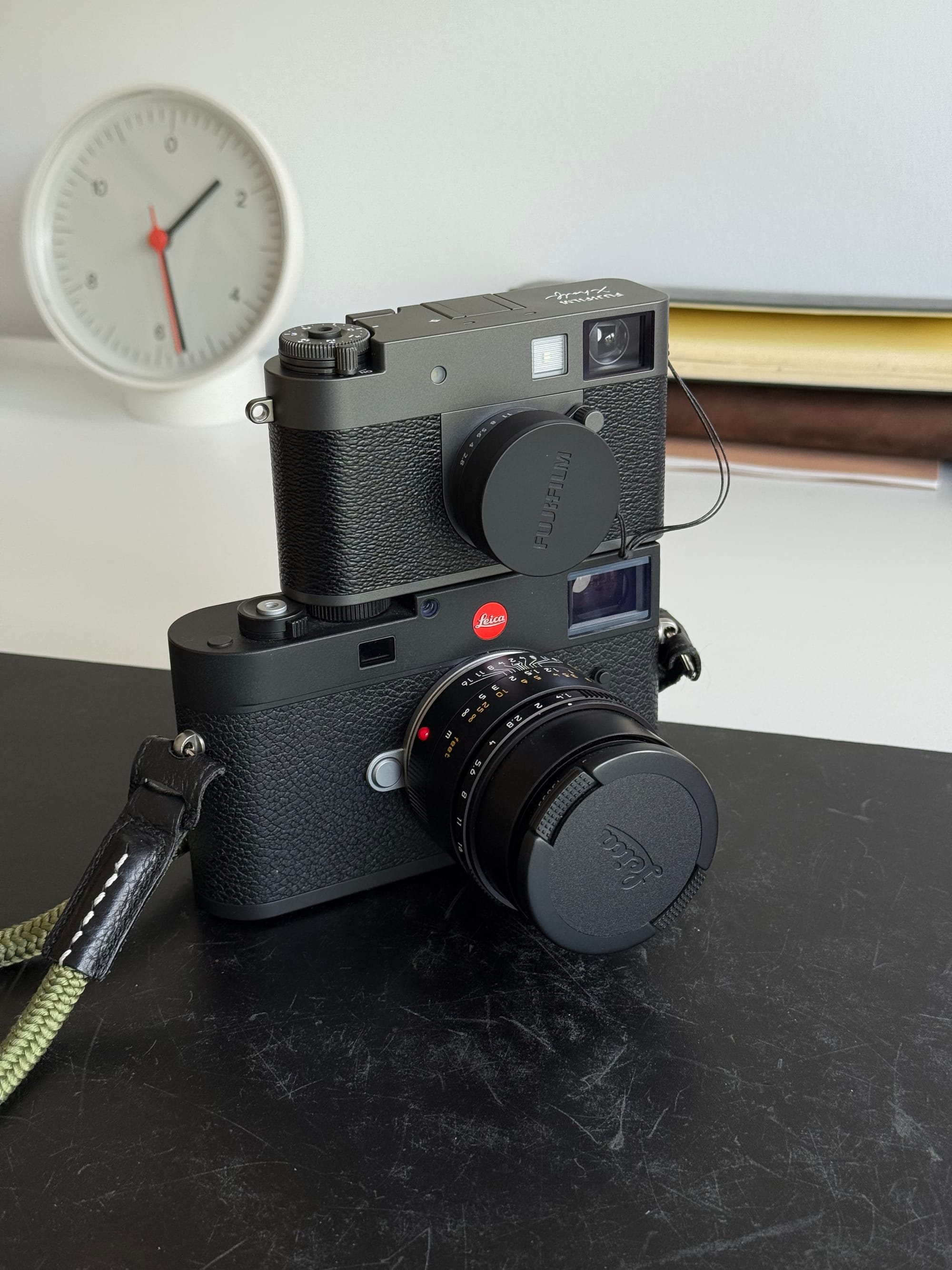
My family and I are both big fans of photography. I shoot with a Leica M11, and before that, I used various Fuji cameras. I genuinely love both brands because they create desirable cameras that are a joy to use. However, one thing that the M11 lacks is its ease of use. It’s not a simple point-and-shoot camera, which is understandable. While it doesn’t bother me, it can be quite frustrating for my family. For instance, when I want my wife to take a photo of me, my kids, or other things, she often struggles to use the M11. The camera has manual focus, and I usually shoot in aperture priority.
Another recent issue I’ve seen recently is that my two children also want to take photos. They’ve noticed me taking photos frequently and asked why they can’t use my camera. When I use my M11, I usually adjust the aperture to F5.6 or higher and guide them on where to stand (so we're in focus). However, I believe it’s not an appropriate camera for a child. It’s delicate and requires precise adjustments, making it challenging for them to use effectively. This brings me to the next point.
The search for a family/kid oriented camera
I started looking around for digital cameras for my kids. I wanted something that was:
- Easy to use
- Easy to maintain
- Joy to use
- Has a viewfinder (of any sort, this is a bonus)
There are thousands of third-party digital cameras for kids. And as a parent, that's what I did. I purchased two NO-Name cameras from Amazon and gave one to my daughter and the other one to my son. I paid around $50 for each. My goal was simple. Buy something that's not expensive, because kids don't know how to use gears. But it should also be easy to operate and maintain (this is where my expectations miserably failed).

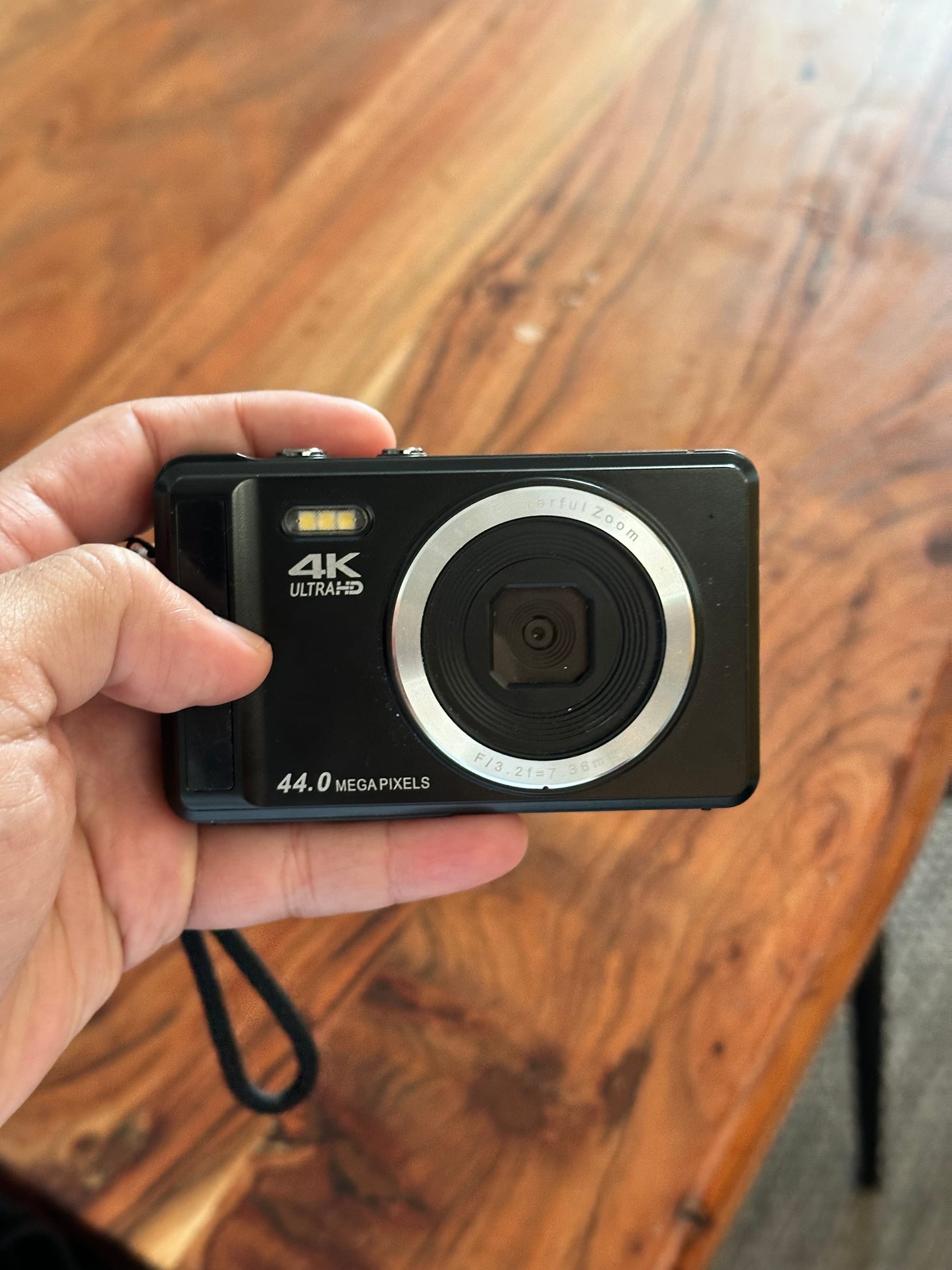
The two NO-NAME cameras I got for my kids from
The first few weeks everything went ok, until we had to copy the photos to their iPads. This is where the issues started:
- One of the cameras has a micro SD slot only. So I had to get an adapter, but it took me weeks until I had something usable. Transferring the photos via USB-c isn't supported.
- My son’s camera wouldn’t connect via USB-C unless I manually enabled a specific mode in the settings. However, when this mode was enabled, this time the camera would stop charging. This was a recurring issue because he would often forget to change the settings back and forth, leading to him waking up with an empty battery.
- The batteries would drain quickly and they always end up with a camera with no juice.
- My daughter's camera died suddenly 3 weeks later.
- The UI in almost all these cameras were so bad, I still kept a positive vibe and tried to explain to the kids how things work.
- Both of them had very bad sensors, with low quality JPEG output (that was expected). The one from my daughter was laughable. None of the photos were looking like a photo, it was just grain.
Eventually, I found myself in a situation where I had a broken camera and another one that was simply unbearable to use. I had to take action. Fuji cameras immediately came to mind, but the X100V and other similar models were simply too expensive. I considered purchasing a Digital Instapix, but I knew they would constantly require refills, and the total cost would be quite high. Even the Ricoh GR IIIs were too expensive (and they weren’t easy to use either, as they lacked a viewfinder).
I checked my old digital cameras at home, but I always sell cameras I no longer use. What remained was either buying secondhand old cameras or investing in a newer, more user-friendly camera that I could use for years to come. I didn’t want to buy a secondhand old camera because the user experience (UX) is still an issue. Most of them are not easy to use. Yes, they probably have auto-focus, but the idea was to have a camera that was easy to use and not too expensive.
When Fujifilm released the X Half, I knew I had found the perfect camera for my family. It perfectly met my needs.
Why the X half was perfect for us
The reason I particularly liked the X half was that it wasn’t just me who would use it. My wife, my nine-year-old son, and my six-year-old daughter would all use it. I had a few other reasons for using it, but the main idea was to have it with us while I was using my Leica.
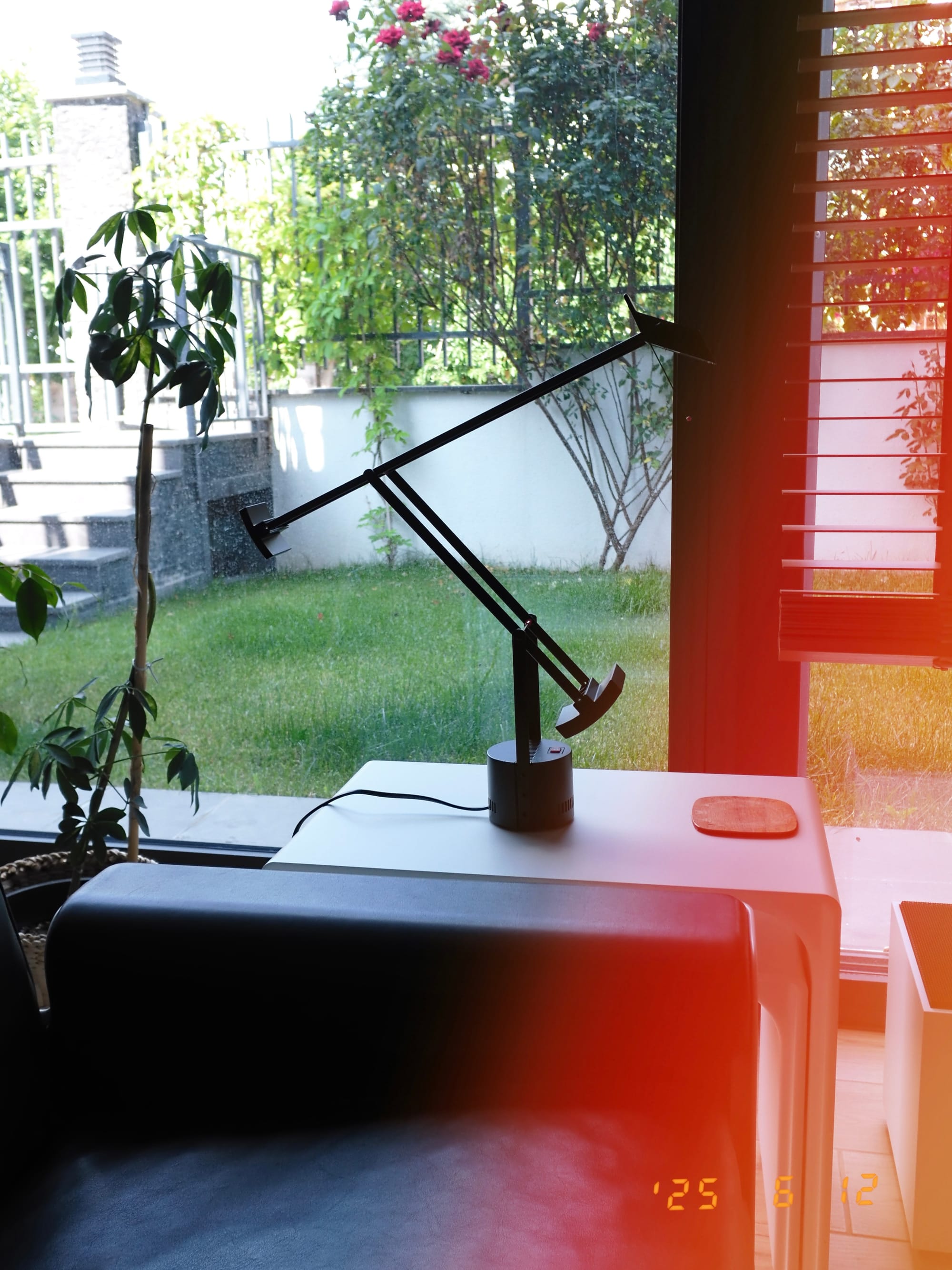
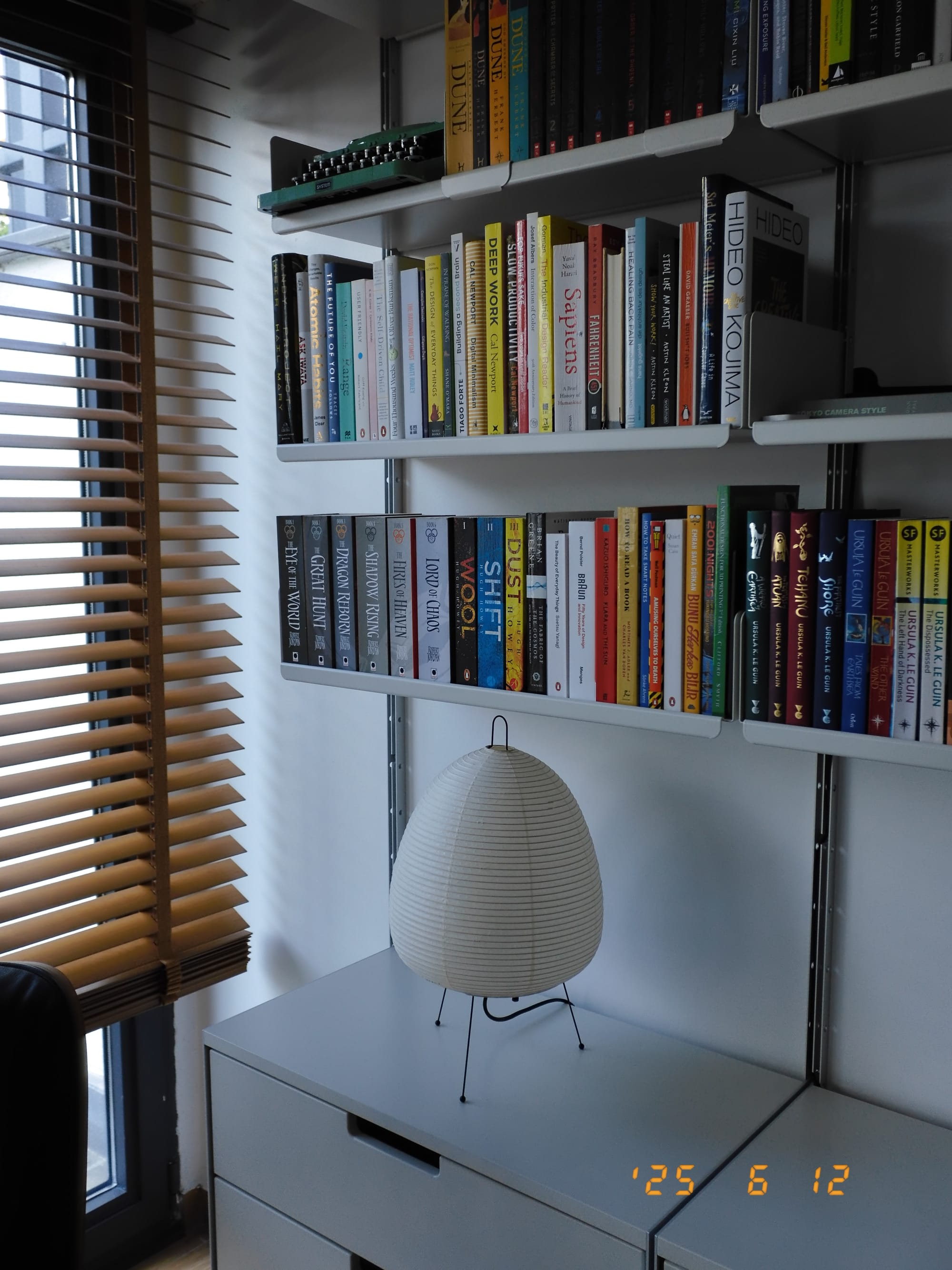




Samples from the X half
So I pre-ordered one the day it was announced. I had it now for a few days. Here are my impressions of using them and letting the kids use it. The X half is perfect due to these reasons::
- It was just 240 grams. One thing kids don’t like is when it’s heavy, and this one was very lightweight. In comparison, my Leica M11 with the lens weighs around 900 grams.
- It has a minimum of buttons and an excellent auto mode (not autofocus, please don’t confuse these). The only button is the EV dial, which I explained to my son or daughter. I advised them to keep the EV at 0, but if something is too dark, they should increase it, and if it’s too bright, they should decrease it. They understood the concept.
- The film mode on was perfect to introduce my kids to photography. When we received the camera first, I told them that they only had 36 frames to shoot. It was the perfect constraint for them.
- After a while I also showed them the film simulations and the effects. They loved it.
- The battery was godsend. Because I had spare batteries from my old X100V, I also had those, but we never needed them. With Full battery it would last days, which was incredible.
- They loved the vertical aspect of the photos. It didn't bothered them because they don't know whether horizontal 4:3 or vertical 3:4 aspect ratio makes a difference.
- The touch screen works pretty well and it's sensitive enough for all the actions.
- USB-C charging just works. This might come as something so obvious, but trust me after so many failed cameras, having a device that is easy to charge for the kids is very important.
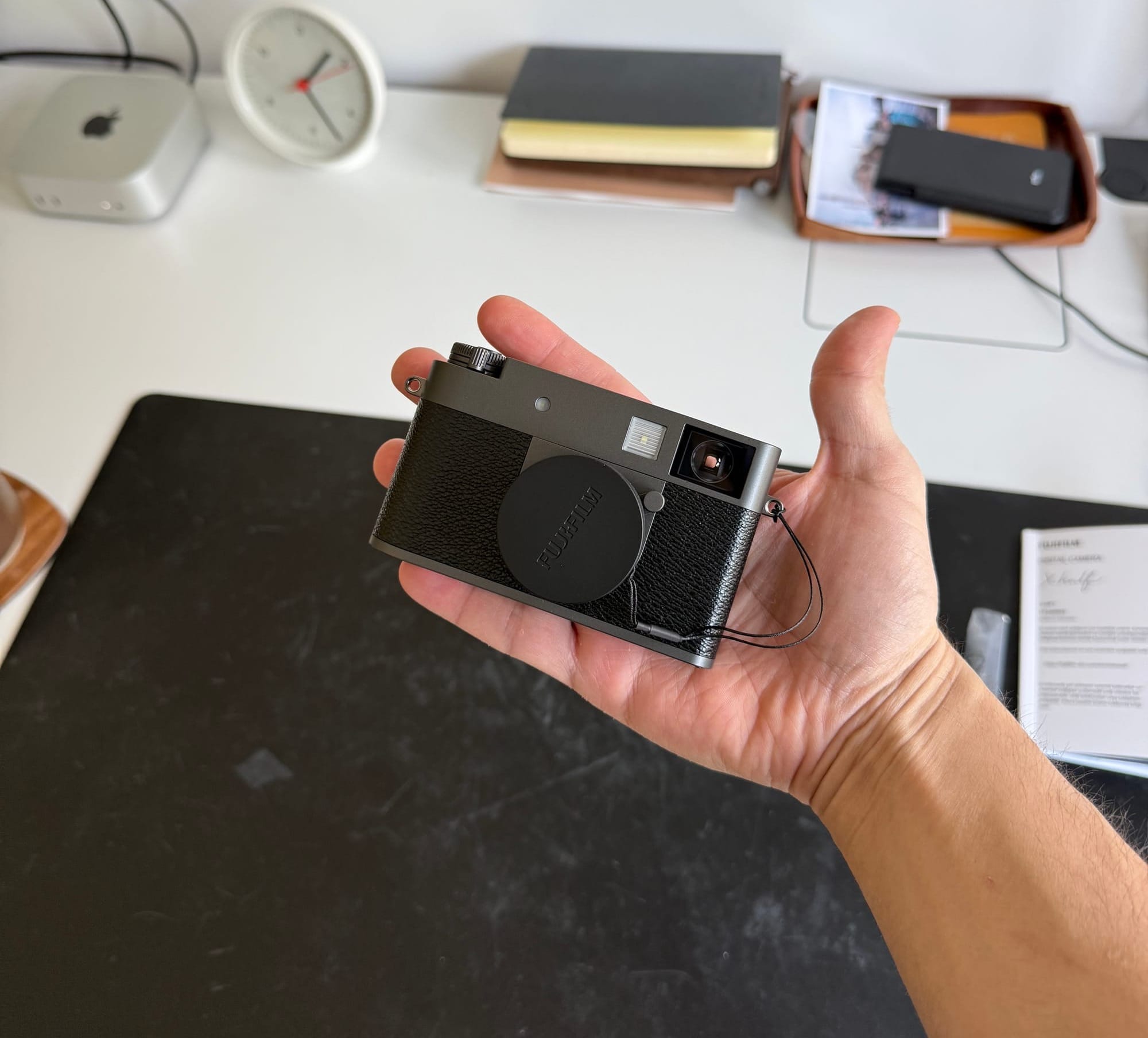
What the kids and I didn't like were:
- WiFi mode is too finicky; it doesn’t connect half the time.
- The picture quality is better than their old cameras, but I didn’t like it at all. The sensor is too small, but the kids didn’t care.
- It’s slow to use. The kids didn’t mind because they don’t understand the concept of speed. I think the processor they used is not the same one they use for their high-end cameras.
- The film lever is too gimmicky. It doesn't have feedback, nor a satisfying click. It could be better, but Fuji decided not to do it.
- The shutter button doesn't have a "thocky" feeling, nor does it have decent feedback.
- I wish the camera had an EVF that would show us if the autofocus was locked or something like that. Using the viewfinder with a not-so-good shutter button isn’t very convenient.
- I paid approximately $700 (including taxes) for this camera. However, I believe it’s around $850 pre-tax in the United States and other countries worldwide. Since I reside in Turkey, Fujifilm Turkey is renowned for its competitive prices. Additionally, our currency is depreciating, which makes paying with a credit card slightly more affordable. Nevertheless, even with a budget of $700, I believe this camera should be priced around $500. It certainly doesn’t justify a price tag of $850.
Verdict
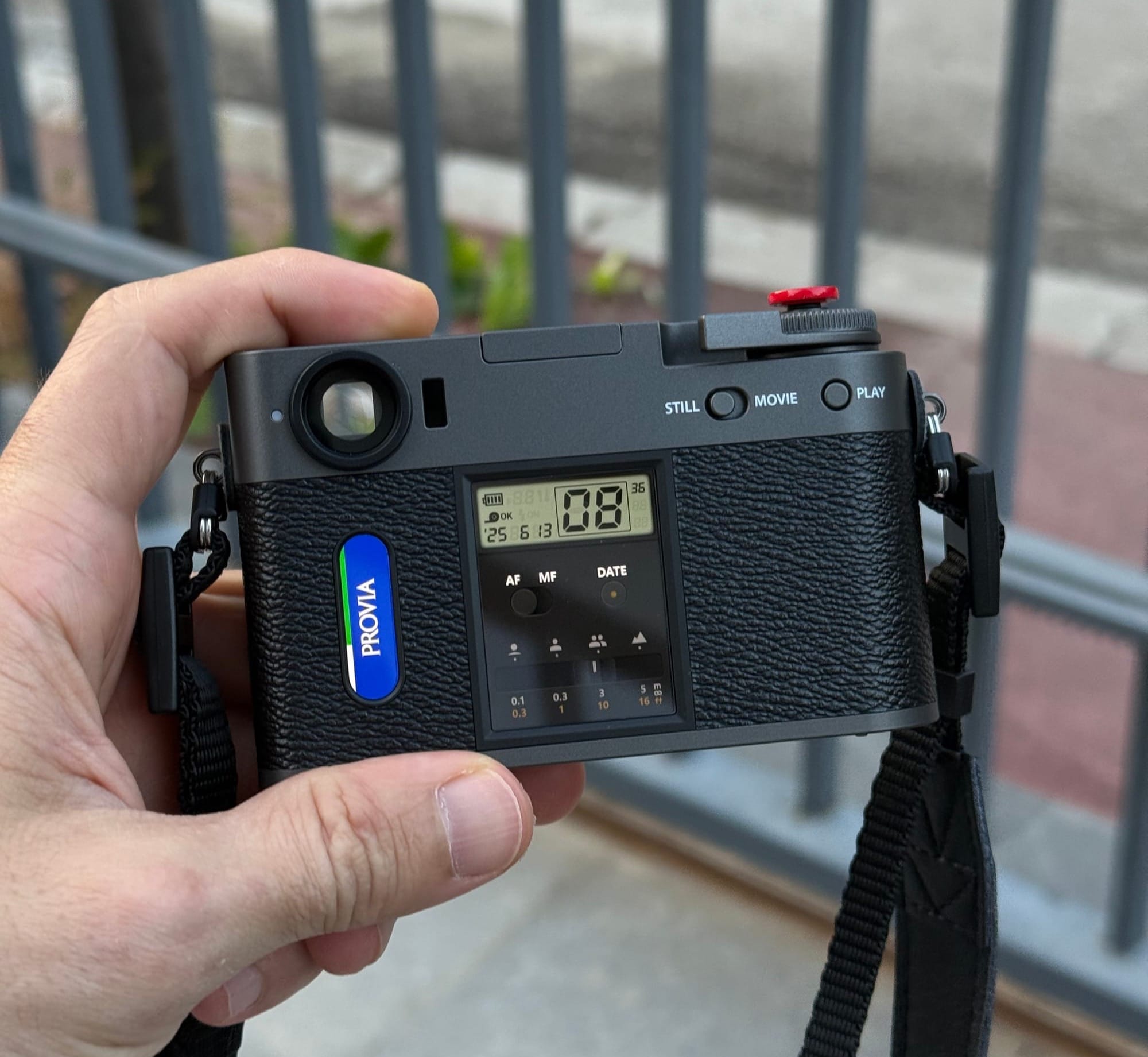
Setting expectations for this camera is crucial. It’s more important than its features or shortcomings. However, it’s challenging to set realistic expectations when the crowd (represented by various YouTube, Reddit, and media posts) consistently criticizes it as expensive, with a poor sensor, lacking RAW support, lacking physical buttons, and deemed unworthy. While they have valid points, they often overlook the most significant aspects.
I used Fujifilm cameras for a decade, and one thing they do the best is their JPEGs straight from the cameras. I even stopped editing the raws from my Fuji X100v, because the results were just too good for me. This is important because it contributes to the factor why this camera is a good choice for some people. So even though some of the expectations have their point, but what if those are not so important for who is going to use the camera? For example, if my kids are going to use this camera, or my wife, they don't even know what RAW means, and they wouldn't even care about it.
Same applies for the fact that it doesn't have any physical buttons for setting the ISO, shutter speed, etc. Again, they don't care about it. All they want is to take a photo with a device that resembles and looks like a camera. And that's what the X half is all about.
The X half is not a camera; it's an experimental photo-shooting device, allowing you to shoot photos with a press of a button, disguised in a nostalgic camera costume.
I wouldn’t recommend this camera to serious photographers or those looking to enhance their photography skills. However, it’s an excellent choice for families, children, and those seeking a fun and easy-to-use camera. If you’re willing to pay the price, I believe it offers excellent value. It’s important to set realistic expectations, as there’s no other simple-to-use camera like this one at the same price point. Ultimately, that’s what mattered most to me.




